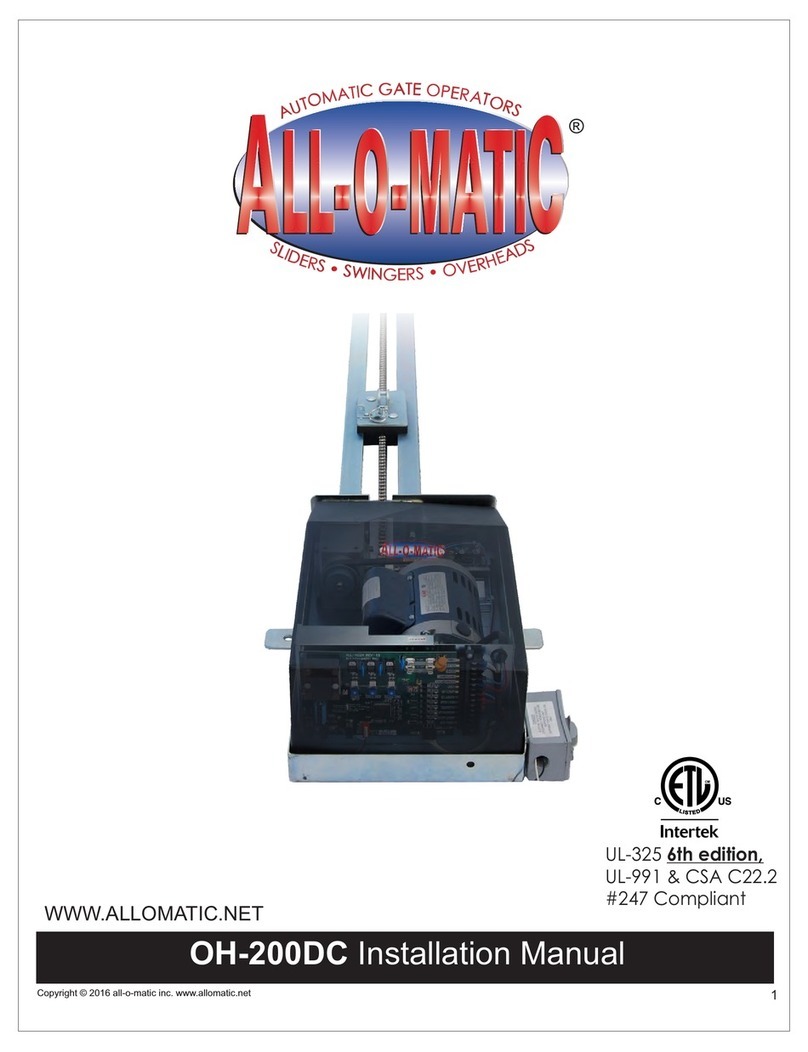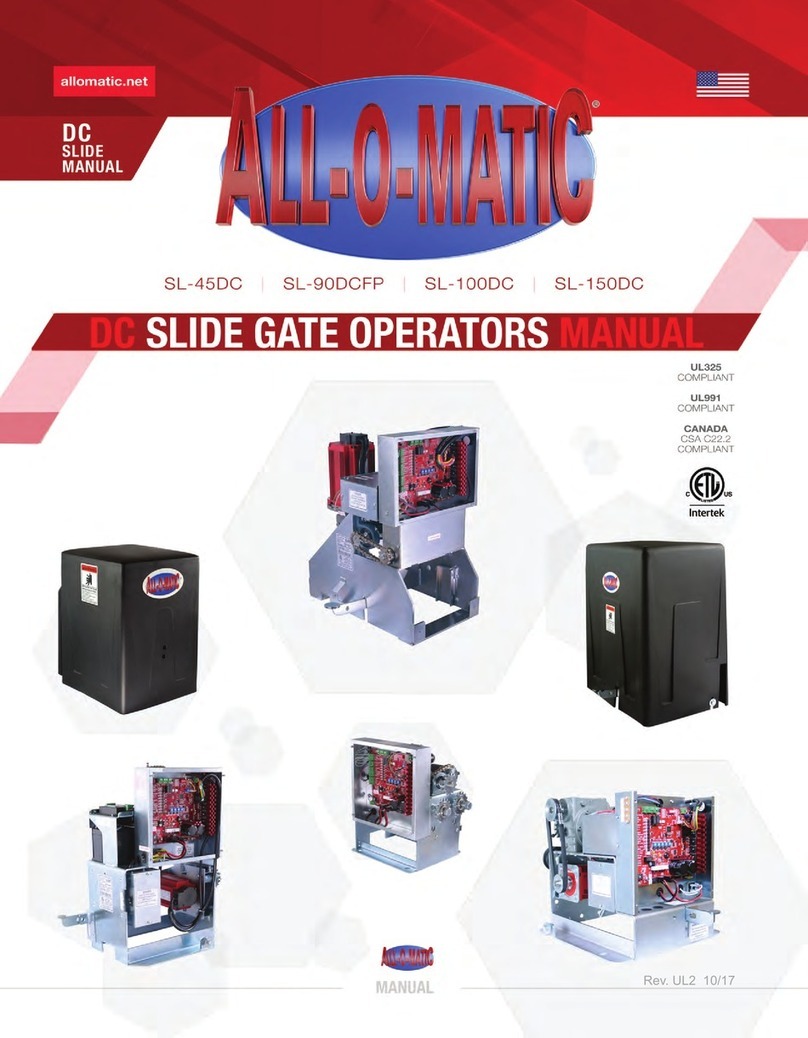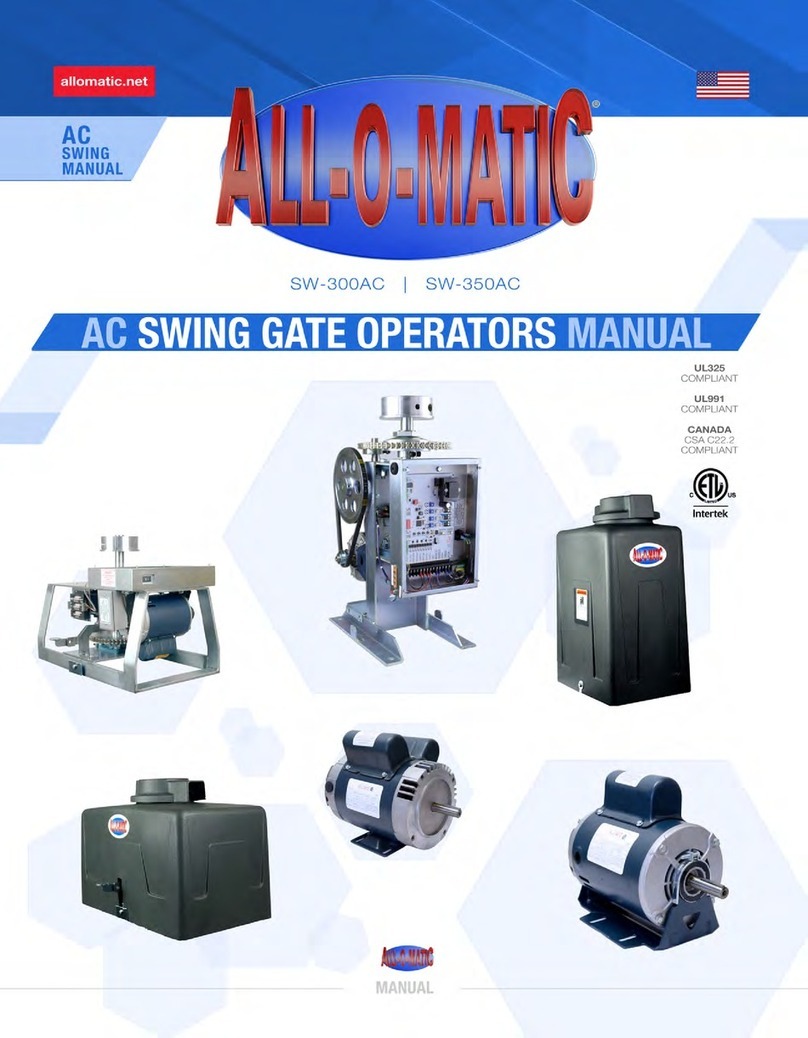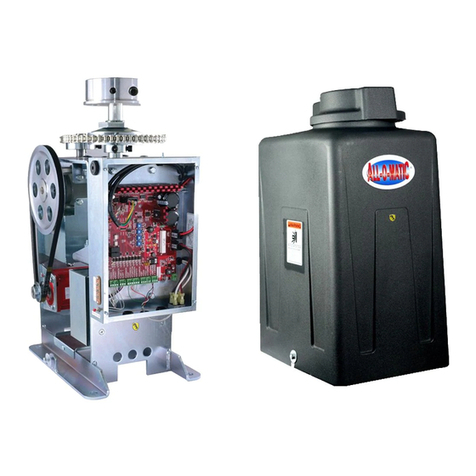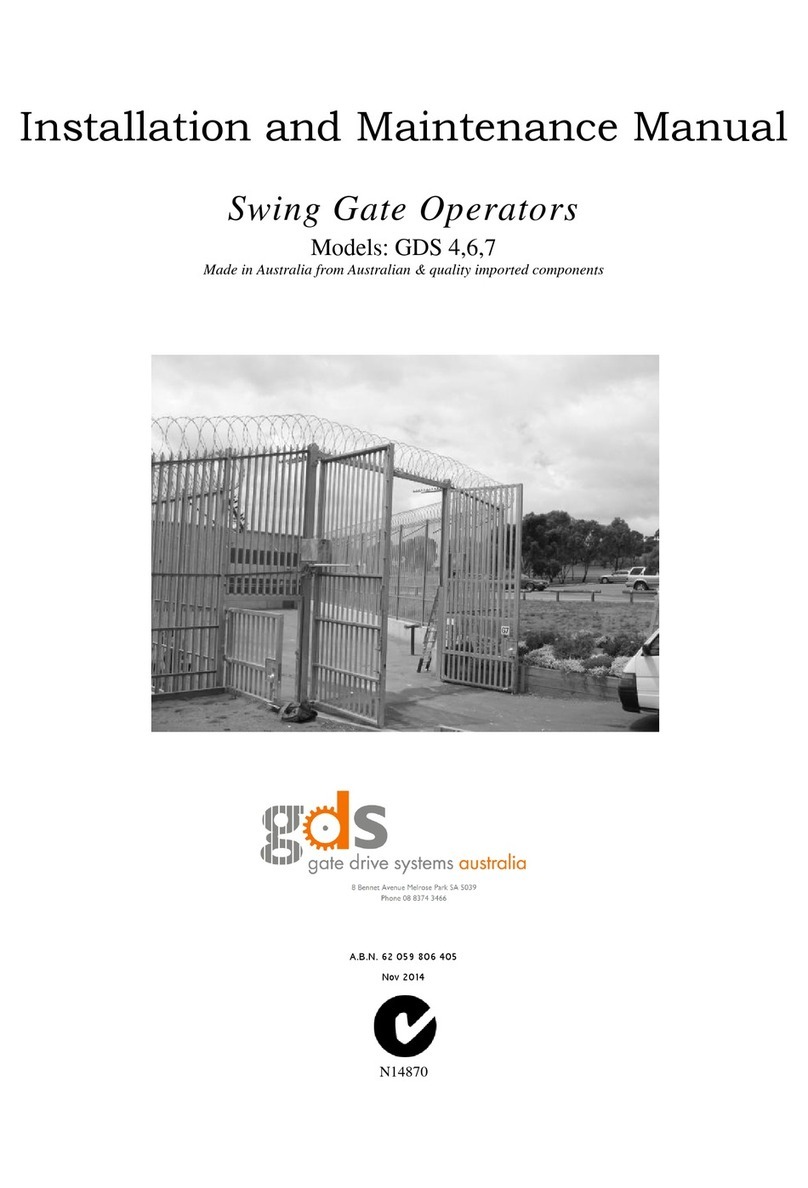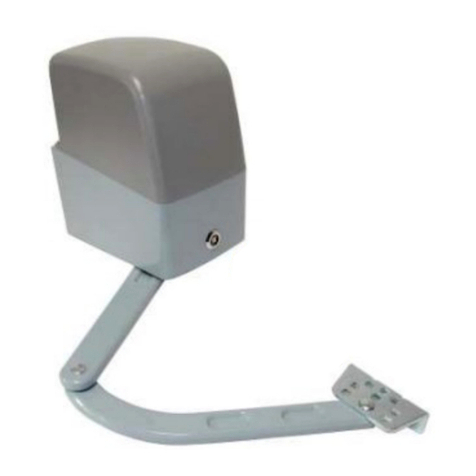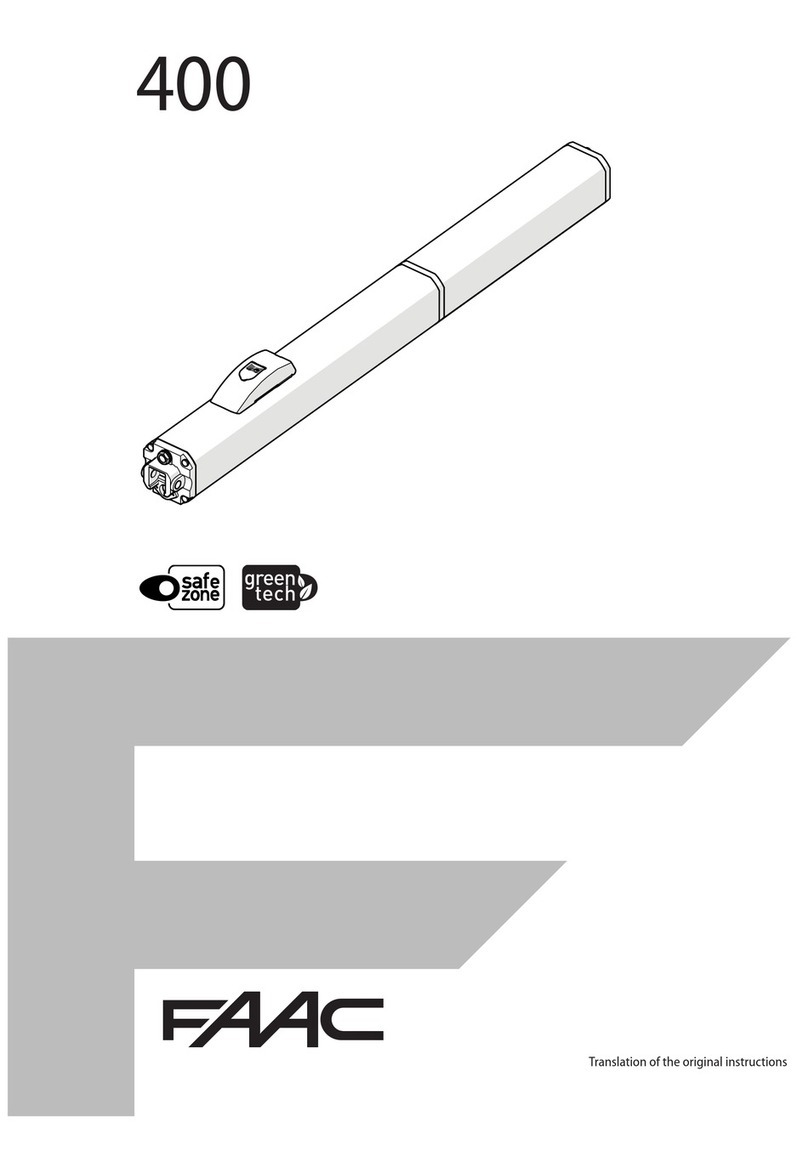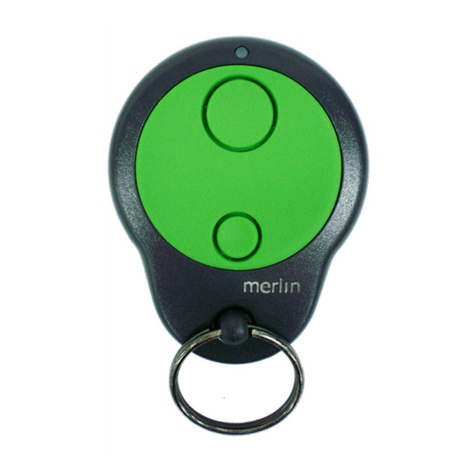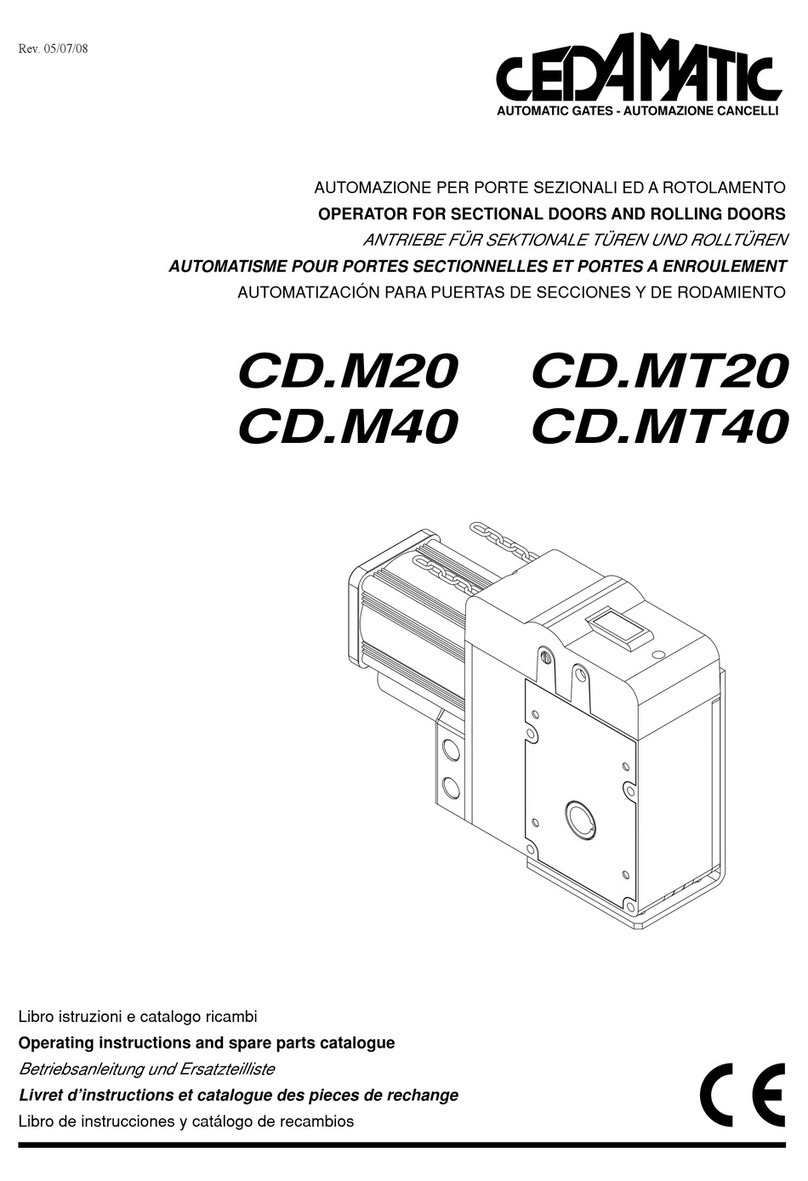ALLOMATIC SL-90DC User manual




















Table of contents
Other ALLOMATIC Gate Opener manuals
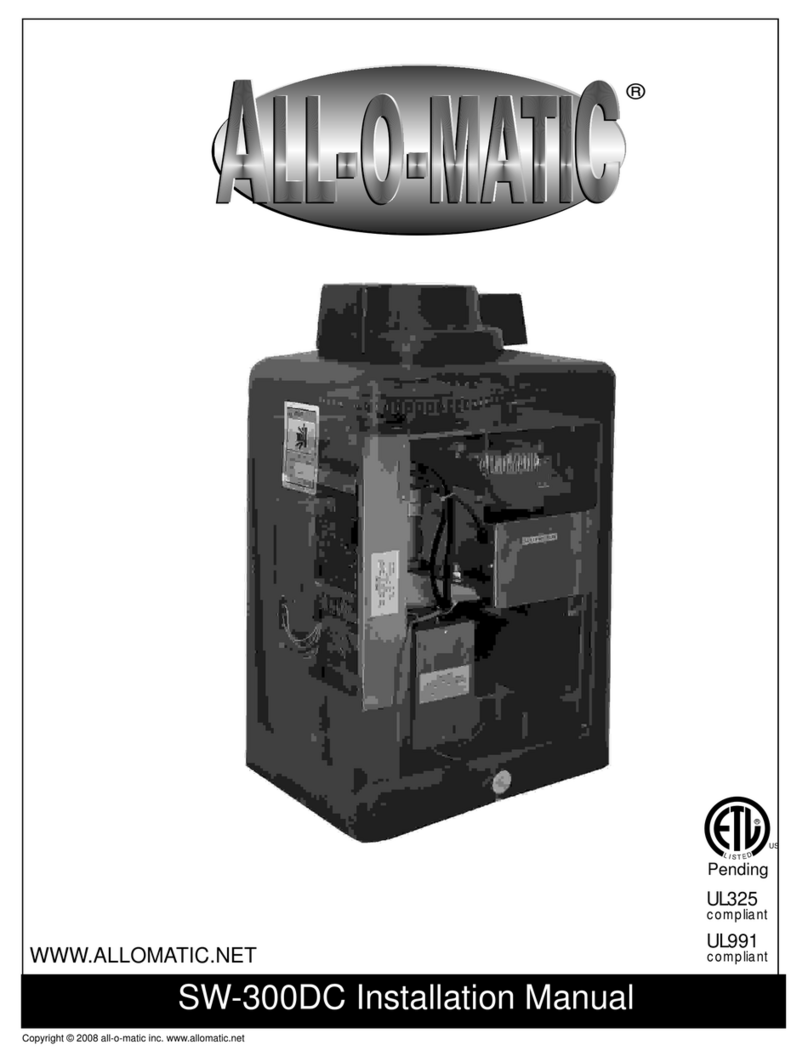
ALLOMATIC
ALLOMATIC SW-300DC User manual
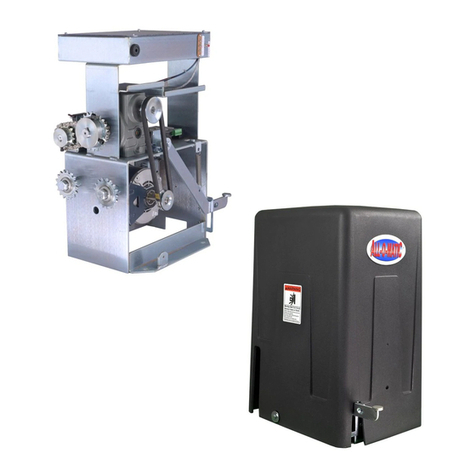
ALLOMATIC
ALLOMATIC SL-100 AC User manual
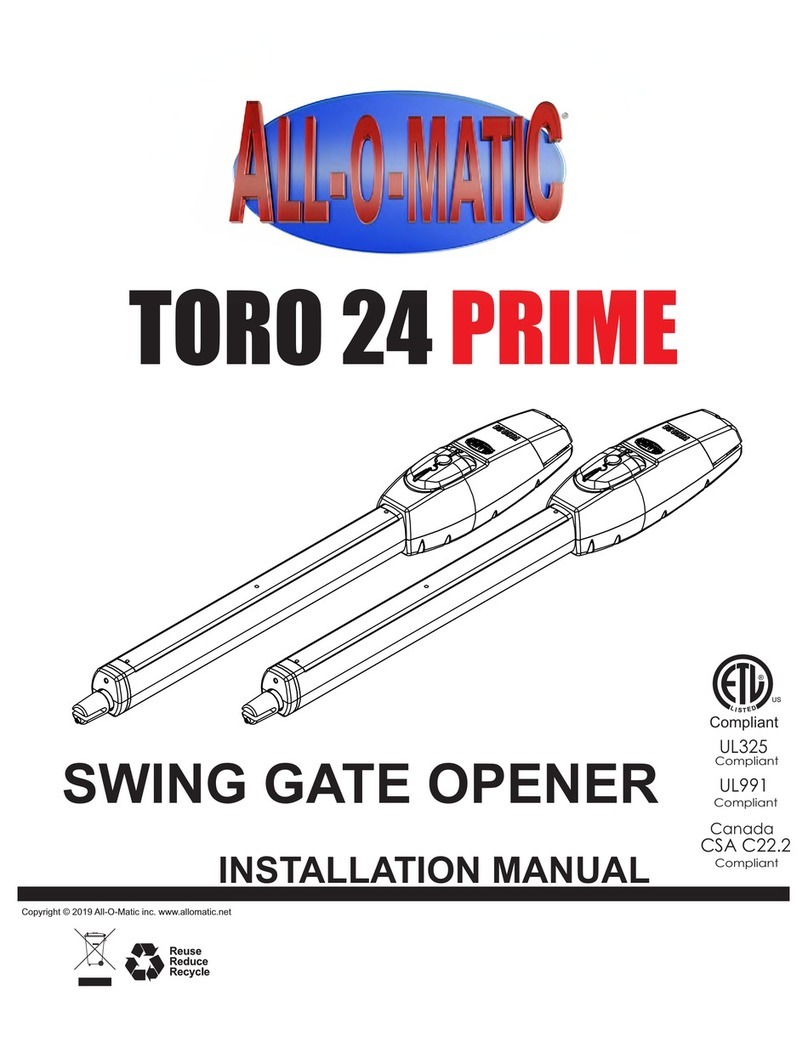
ALLOMATIC
ALLOMATIC TORO 24 PRIME User manual
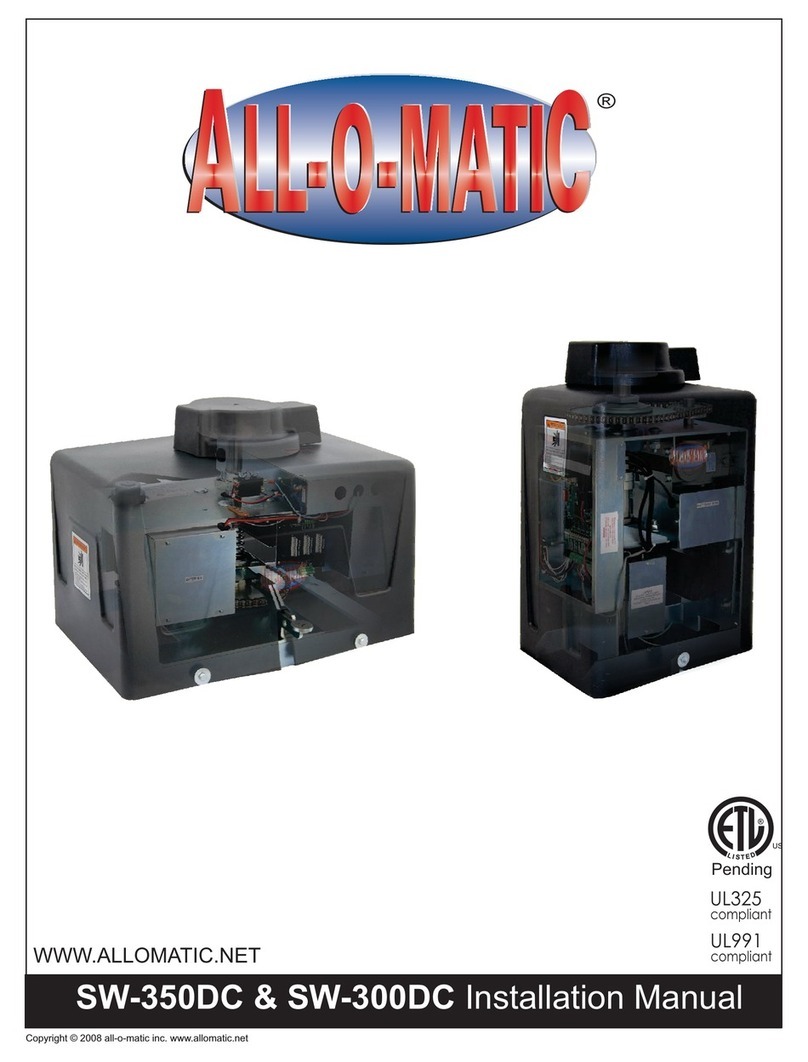
ALLOMATIC
ALLOMATIC SW-350DC User manual
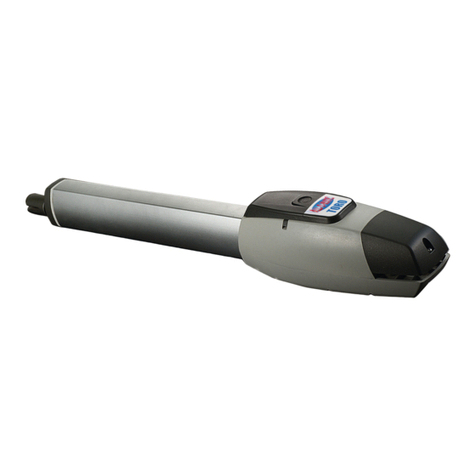
ALLOMATIC
ALLOMATIC TORO 24 User manual
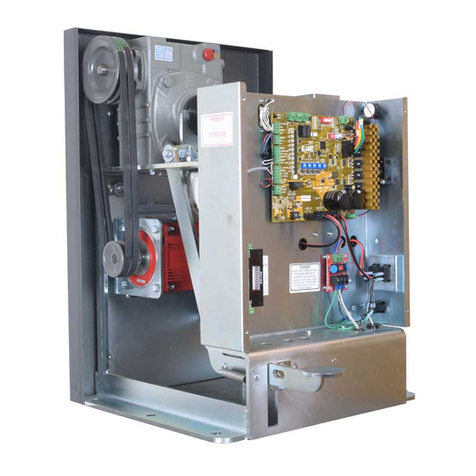
ALLOMATIC
ALLOMATIC SL-175 User manual
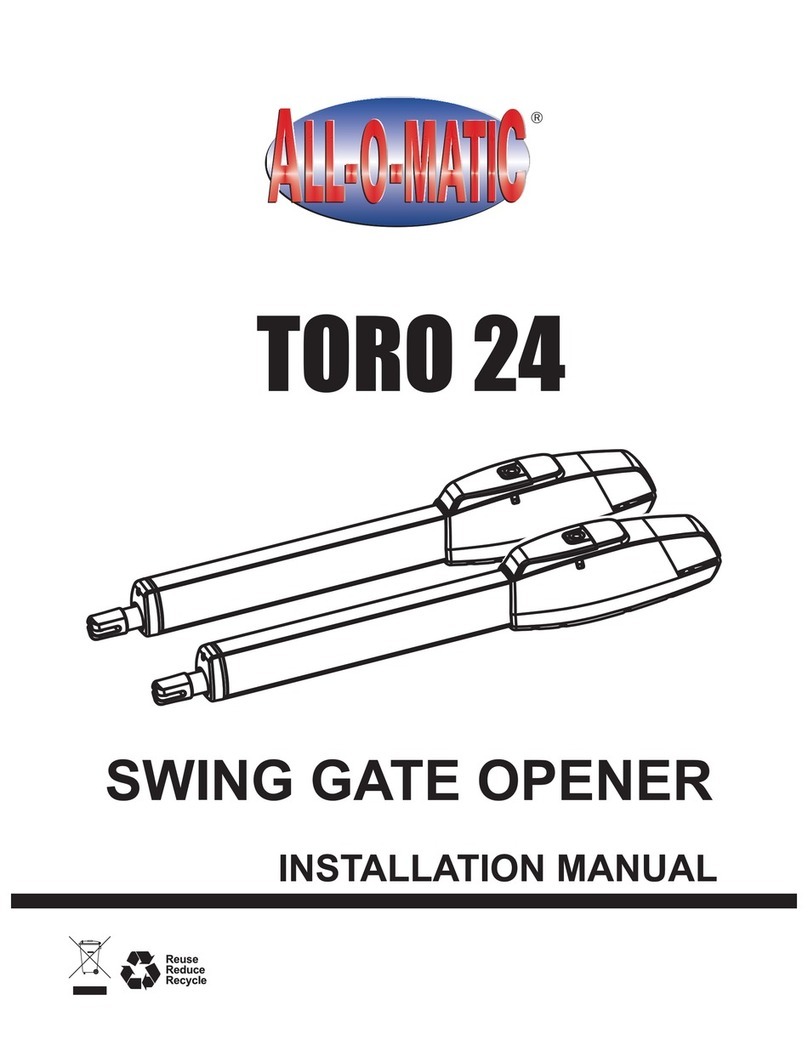
ALLOMATIC
ALLOMATIC TORO 24 User manual

ALLOMATIC
ALLOMATIC TORO 24 User manual
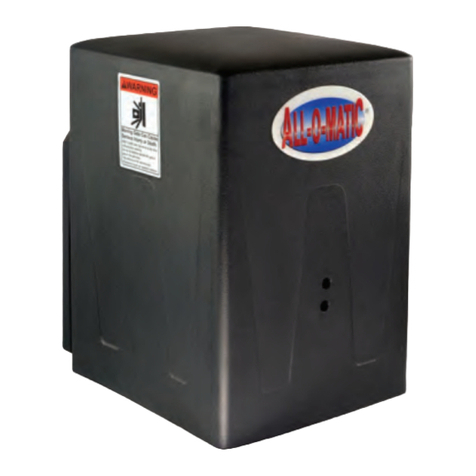
ALLOMATIC
ALLOMATIC SL-45 DC User manual
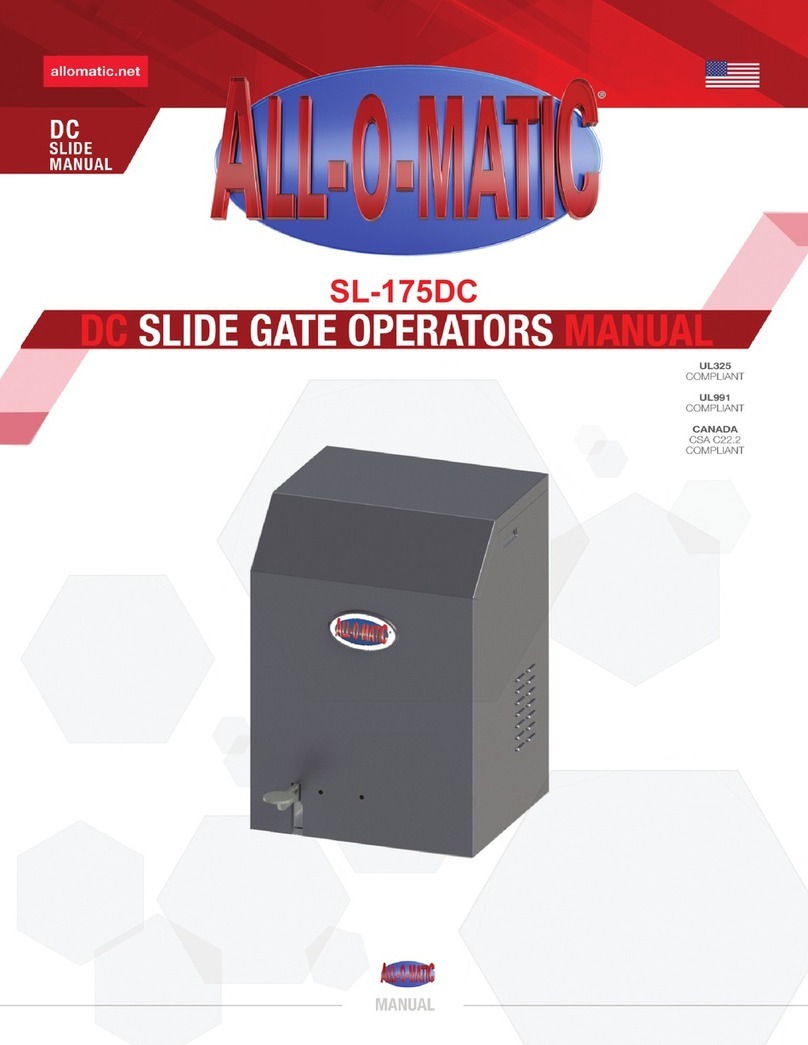
ALLOMATIC
ALLOMATIC SL-175DC User manual
Popular Gate Opener manuals by other brands

Roger
Roger SMARTY Series INSTRUCTIONS AND RECOMMENDATIONS FOR THE INSTALLER

Locinox
Locinox MAMMOTH manual
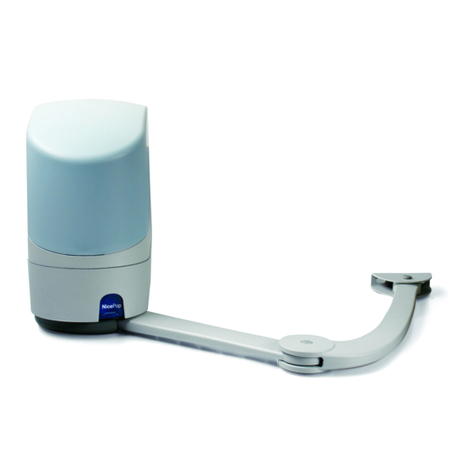
Nice
Nice POP PP7124 Instructions and warnings for installation and use
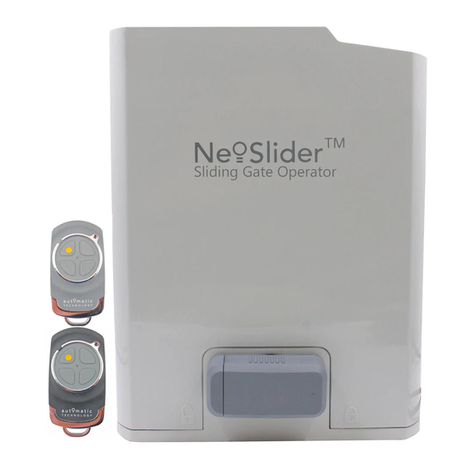
Automatic Technology
Automatic Technology NeoSlider NES-500 manual
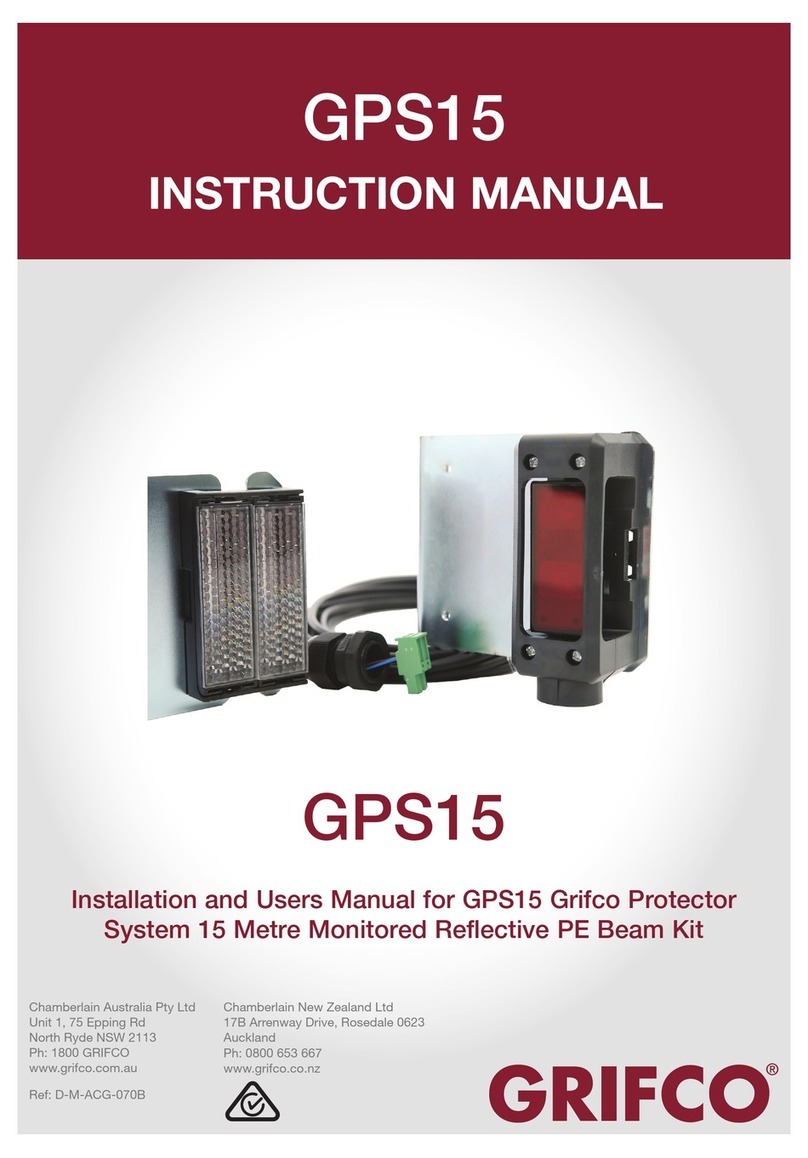
Grifco
Grifco GPS15 instruction manual

Maximum Controls
Maximum Controls Max Phantom 2000 Installation and owner's manual
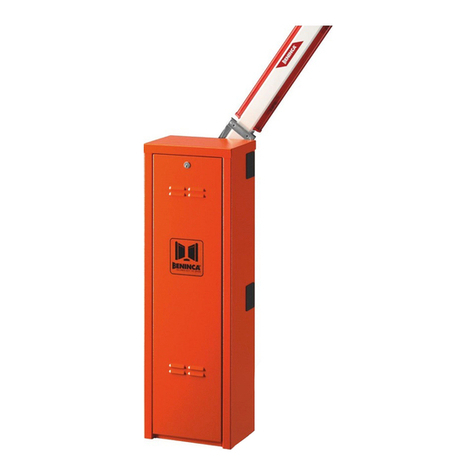
Beninca
Beninca LADY-BE.I Operating instructions and spare parts catalogue
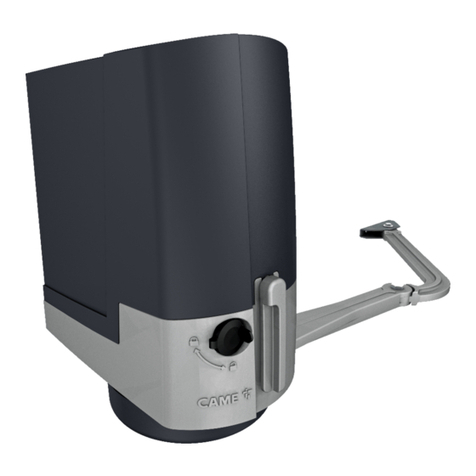
CAME
CAME FTX20DGC installation manual
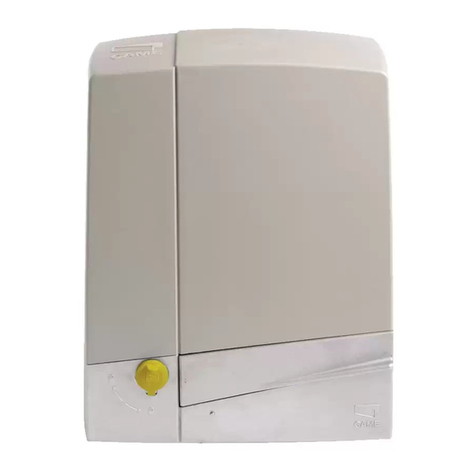
CAME
CAME SDN4 installation manual
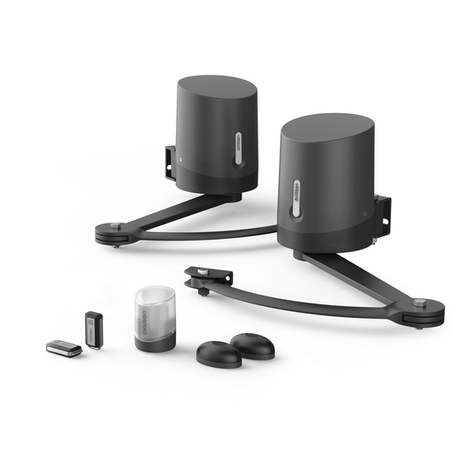
Avidsen
Avidsen ORANGE510 quick start guide
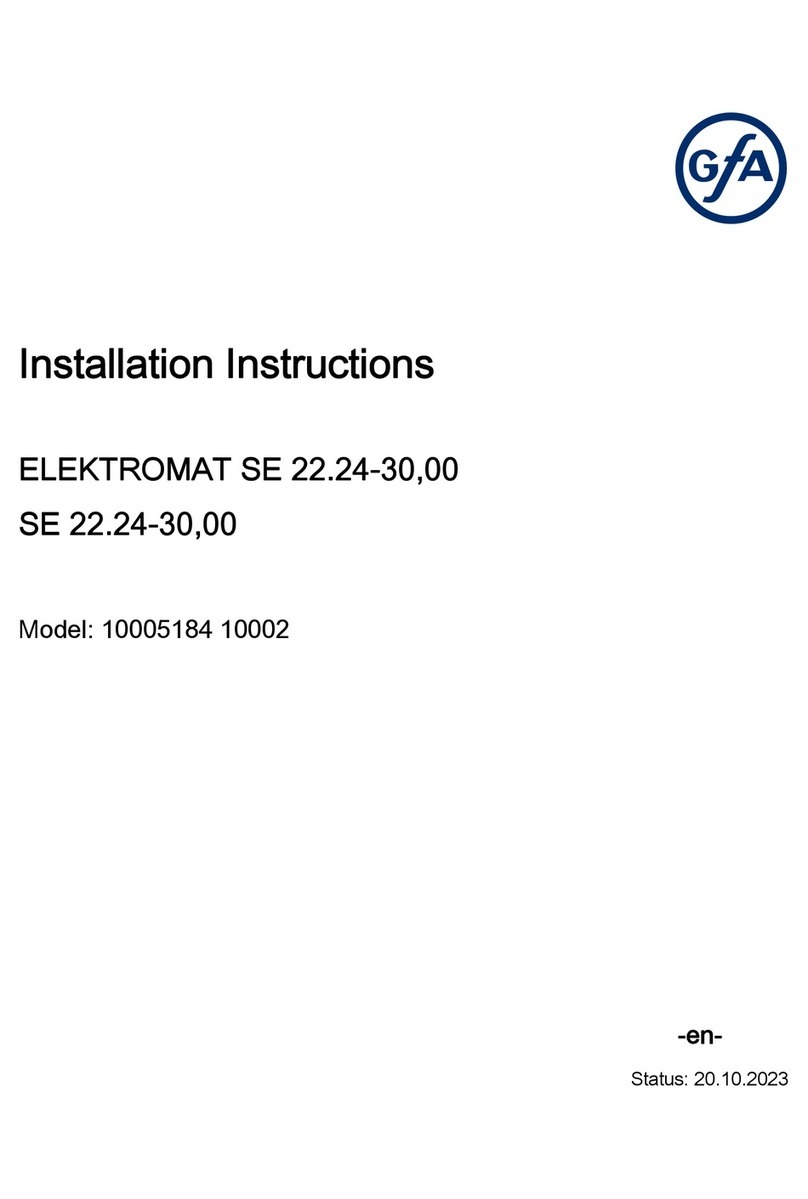
GFA
GFA ELEKTROMAT SE 22.24-30,00 installation instructions
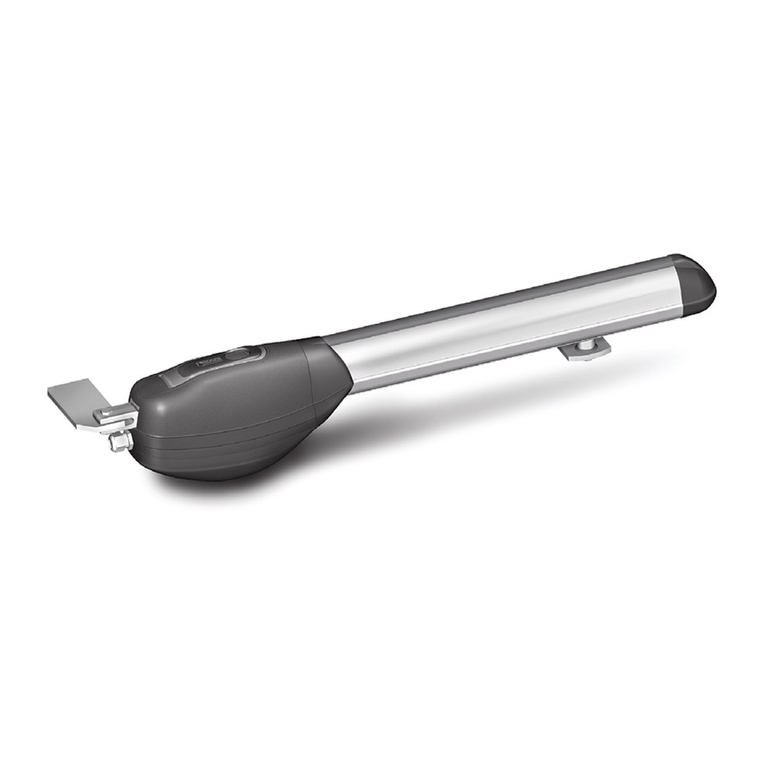
Roger
Roger BR20 Series INSTRUCTIONS AND RECOMMENDATIONS FOR THE INSTALLER
